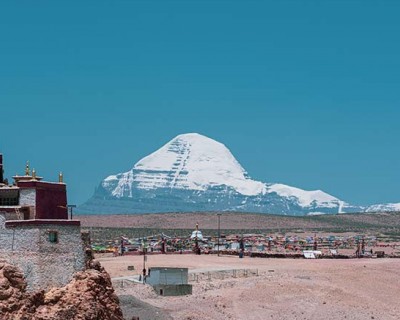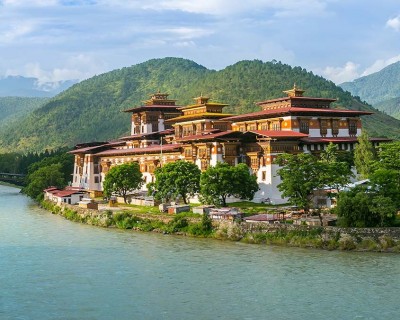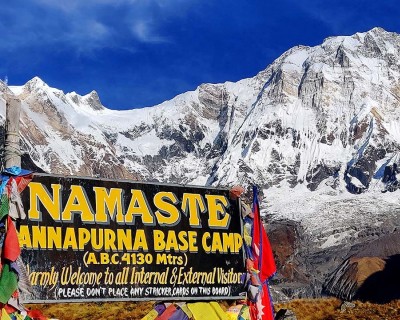So, is Everest Base Camp in Nepal or China?
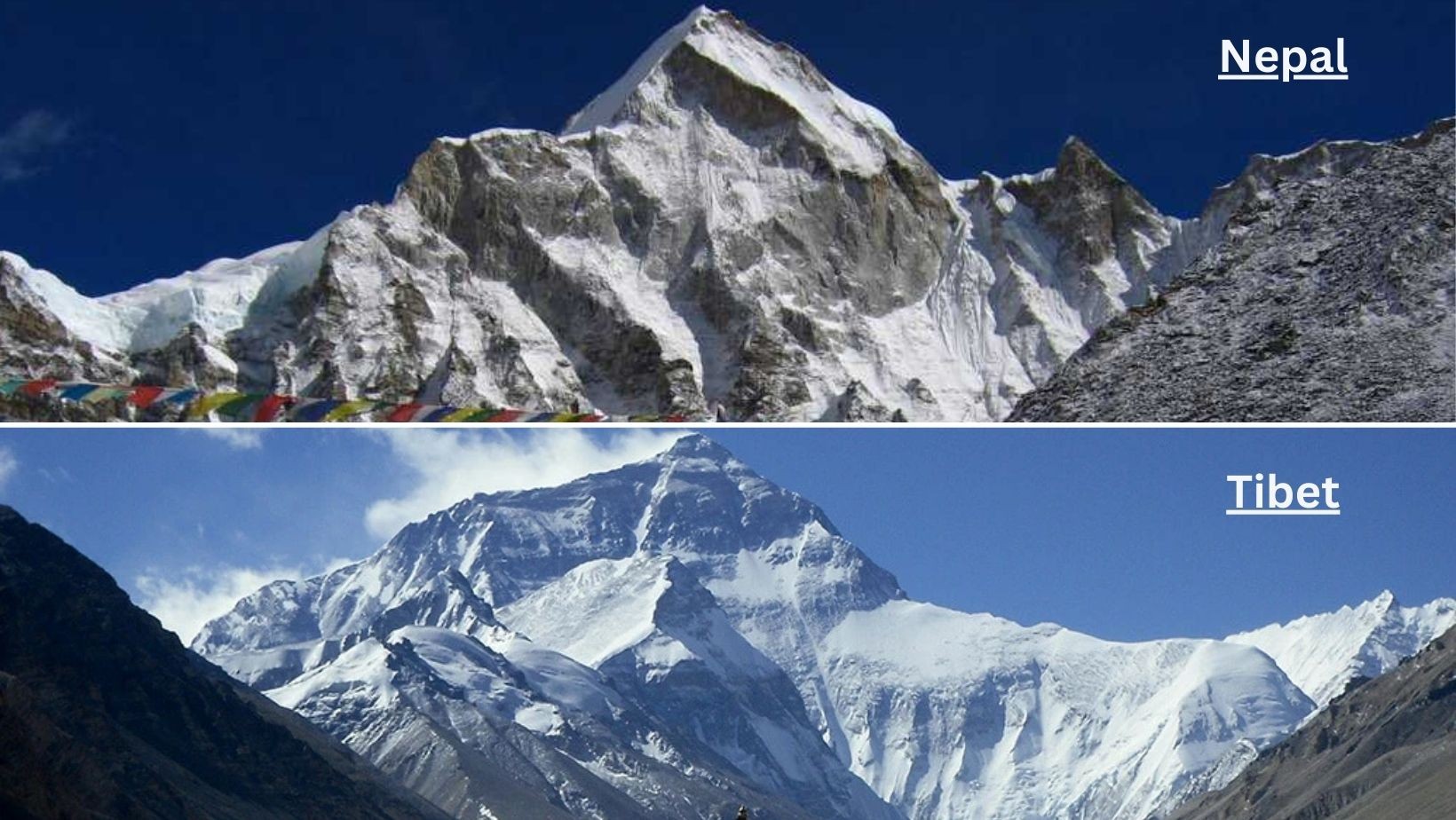 As Mt. Everest shares a border with two nations, Nepal and China, the new adventurers who have just started trekking and mountaineering expeditions are often confused with the exact location of the Everest Base Camp.
As Mt. Everest shares a border with two nations, Nepal and China, the new adventurers who have just started trekking and mountaineering expeditions are often confused with the exact location of the Everest Base Camp.
Located in two nations, the Southern Everest Base Camp at an altitude of 5,364 meters is on the Nepali side, whereas, the Northern Everest Base Camp at an elevation of 5,150 meters from sea level is in Tibet, China’s side. The EBC at the Tibetian side is at 86°51′5″E longitude and 28°8′29″N latitude, similarly the base camp is at 86°51′34″E longitude and 28°0′26″N latitude on the Nepali side.
Although both of these Everest Base Camp trekkings are very popular among mountaineering and trekking enthusiasts all over the globe. The most popular route for the expedition to the foothills of Mt. Everest is considered to be the Southern Nepaliside.
Traversing through the diverse landscapes from green lush valleys to Himalayan vistas and glacial terrains witnessing rare flora and fauna, the Southern Base Camp expedition awards trekkers with the unprecedented beauty of the Himalayas.
And, what’s more interesting is that the Everest Base Camp on the Southern side of the mountain which is the highest base camp in the world, isn’t even the highest elevation point of this side’s trek. KalaPatthar at an altitude of 5,545 meters from sea level is the highest elevation jump point of the Everest Base Camp trekking from Nepal’s side.
From this vantage point, the trekkers can enjoy 360° panoramic views of mountain ranges like Mt. Lhotse, Mt. Nuptse, Mt. Pumori, Mt. Ama Dablam, Mt. Changtse including Mt. Everest.
Everest Base Camp Trekking Routes
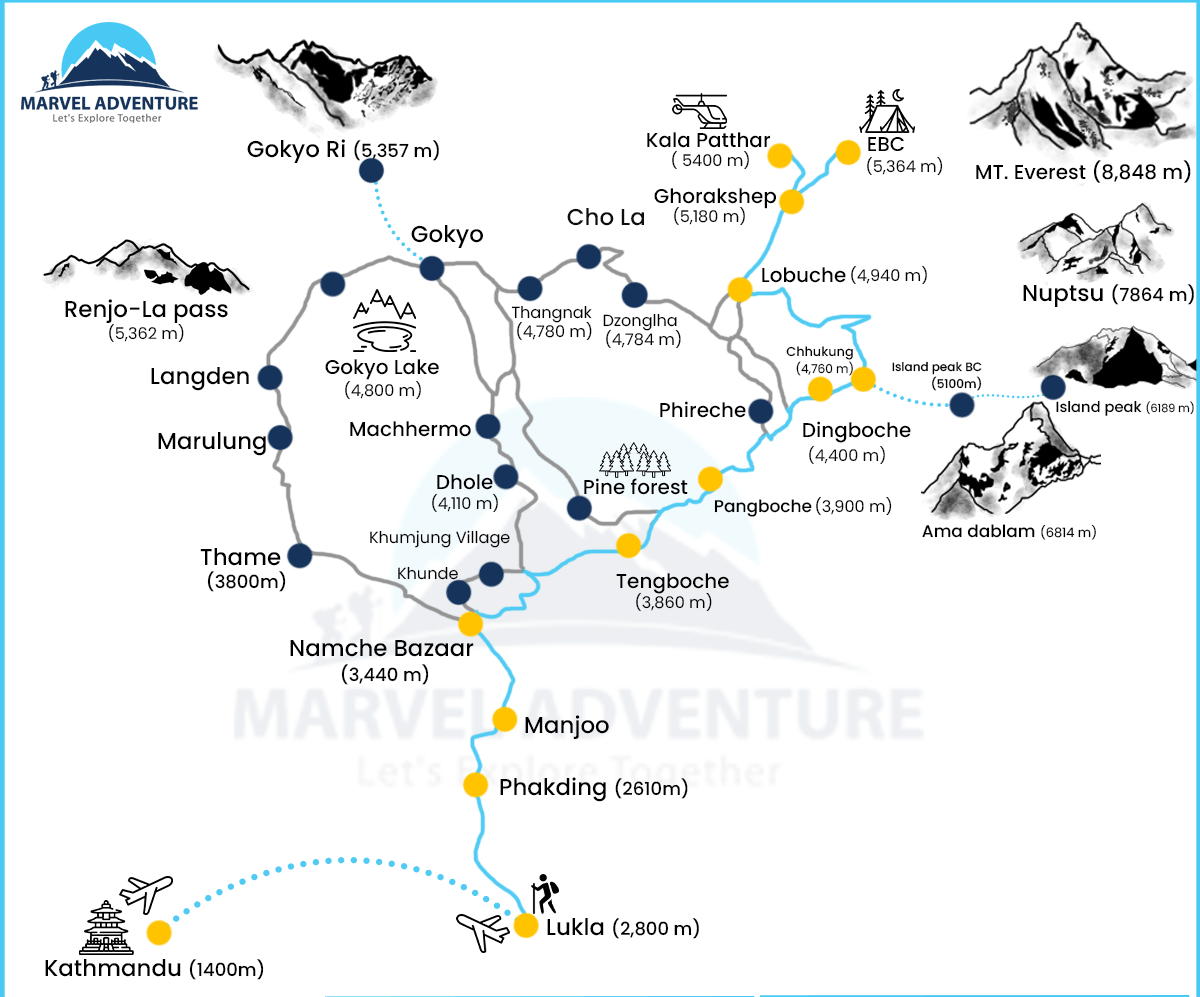 As there are two Everest Base Camps on the Northern side of Tibet and the Southern in Nepal, the trekking expeditions to the foothills of the greatest mountain in the world can be slightly different on the sides.
As there are two Everest Base Camps on the Northern side of Tibet and the Southern in Nepal, the trekking expeditions to the foothills of the greatest mountain in the world can be slightly different on the sides.
On the Tibetian side, the adventure to the base camp can be a tad bit more comfortable than the Nepali side. Following the Friendship Highway that branch at Shekar, trekkers enjoy the comfort of the highway for about 100 km before reaching a transit point. From there, the trekkers have to take a special bus that has been specifically put into service to drive the tourists to the Everest Base Camp on the Northern side.
China also has a trekking variant for the exploration of the base camp that adds more of an adventurous feel to the expedition. The trekking route in the Northern EBC starts from Shigatse in Tibet and passes through the highlight point like Tingri, Sankya, and Rongbbuk Monastery. There are also shorter treks on the Tibetian side that start from Old Tingri to the base camp or Everest Base Camp to Advanced Base Camp which are generally 4-5 days long.
Unlike the more comfortable options on the Tibetian side, the trekking expedition to the Everest Base Camp in Nepal is physically challenging. Generally, the Everest Base Camp Trek from the Nepali side starts after a short scenic flight from Kathmandu to Lukla (2,800 meters).
From there the trekkers have to put in physical efforts to slowly trek uphill to famous Himalayan regions like Namche Bazaar to Tengboche, Dingboche to Lobuche, Gorakshep to Everest Base Camp, and the highest elevation point of the trek KalaPatthar.
The EBC trek in the Southern side of Nepal typically lasts around 12-14 days, so, it is a longer expedition in comparison to the Northern Tibetian side and unlike the driving perks follows the popular tea house trekking experience of the Himalayas.
Best Time to Visit Everest Base Camp
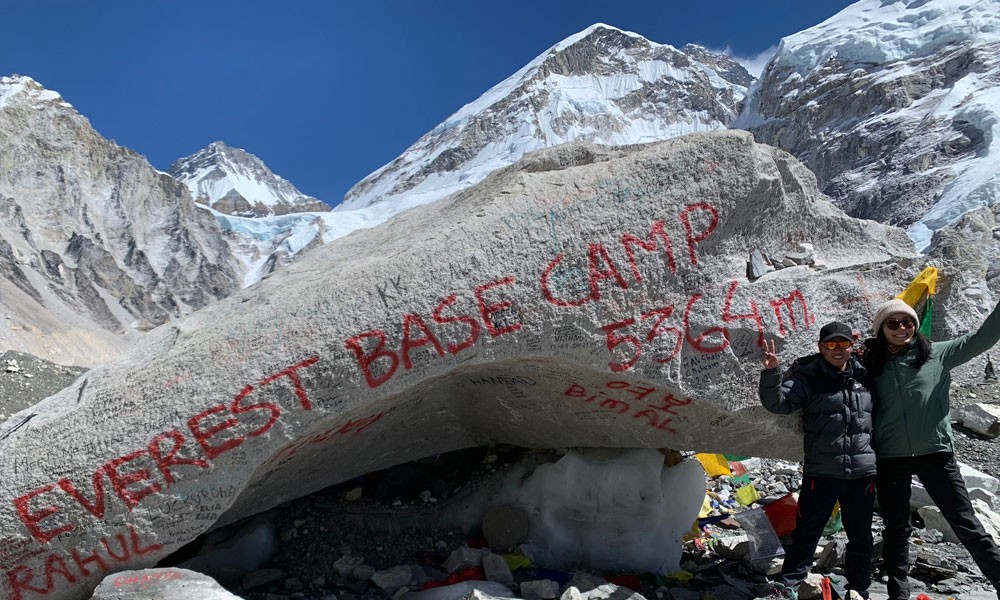 In general, the best time to visit Everest Base Camp would be during spring (March to May) and autumn (September to November). These are also peak seasons which see a lot of adventures and crowded routes and teahouses. The days are warmer and sunny during the spring seasons and the spring flowers fill the lush region on the lower altitudes with their aroma. The temperature in the Everest region during the spring season hovers around 17°C during days and can drop as low as -8°C during nights and early mornings.
In general, the best time to visit Everest Base Camp would be during spring (March to May) and autumn (September to November). These are also peak seasons which see a lot of adventures and crowded routes and teahouses. The days are warmer and sunny during the spring seasons and the spring flowers fill the lush region on the lower altitudes with their aroma. The temperature in the Everest region during the spring season hovers around 17°C during days and can drop as low as -8°C during nights and early mornings.
Likewise, the autumn season which is best known for its stable weather, cool-chilly mornings & nights and clear visibility is another primary season for trekking in Nepal. Autumn is also a festive season in the Hindu country that boasts some of the biggest festivals like Dahsain (15 days), Tihar (5 days), and Chhat (4 days); so, it is also the best time for cultural exploration.
The temperature of the Khumbu region is quite stable during autumn, the daytime temperature maps around 14°C whereas the temperature during the nights can fall below -10°C during nights and early mornings.
Everest Base Camp on the Northern Tibetan side also has similar climate and weather conditions as the Souther Nepali side. So the Norther base camp also sees a lot of adventures during the peak climbing seasons spring and autumn. The temperature sits around 10°C to 15°C during the daytime and can drop upto 0°C to -5°C at night during spring. And, the temperature at the day is usually hovering around 19°C at the beginning of autumn and slowly drops to 12°C to 10°C closer to the winter. Followed by a 5°C to -10°C temperature drop during nights and early mornings closer to December.
For those looking to add an extra layer of challenge and adventure to their Himalayan journey, the Everest Three High Passes Trek is an excellent option. This trek not only includes the classic Everest Base Camp route but also takes you through three of the highest passes in the Everest region, offering breathtaking views and an unparalleled experience of the region's diverse landscapes.
You may also like:




 As Mt. Everest shares a border with two nations, Nepal and China, the new adventurers who have just started trekking and mountaineering expeditions are often confused with the exact location of the Everest Base Camp.
As Mt. Everest shares a border with two nations, Nepal and China, the new adventurers who have just started trekking and mountaineering expeditions are often confused with the exact location of the Everest Base Camp. As there are two Everest Base Camps on the Northern side of Tibet and the Southern in Nepal, the trekking expeditions to the foothills of the greatest mountain in the world can be slightly different on the sides.
As there are two Everest Base Camps on the Northern side of Tibet and the Southern in Nepal, the trekking expeditions to the foothills of the greatest mountain in the world can be slightly different on the sides. In general, the
In general, the 